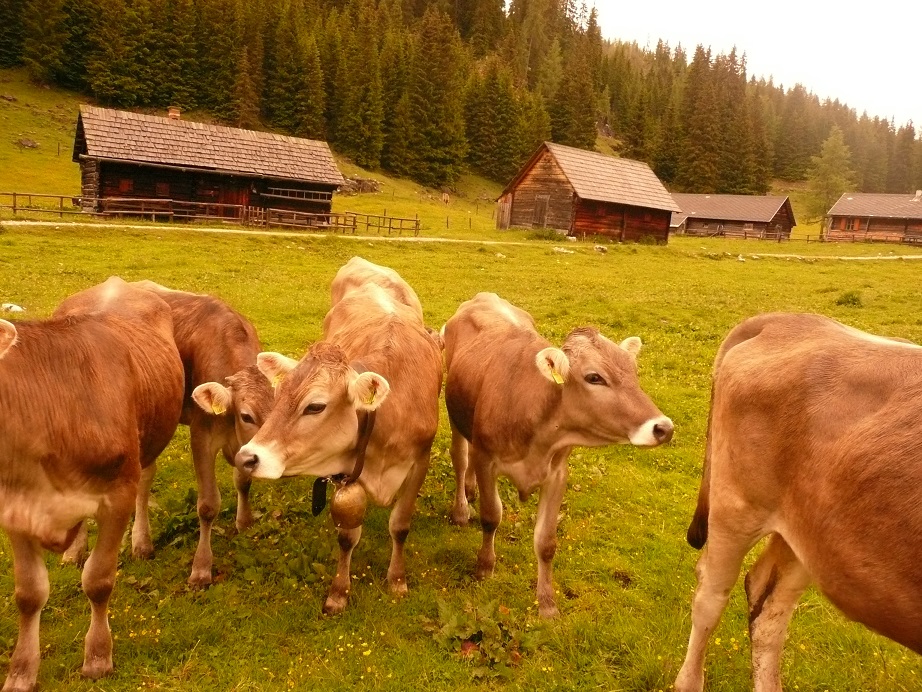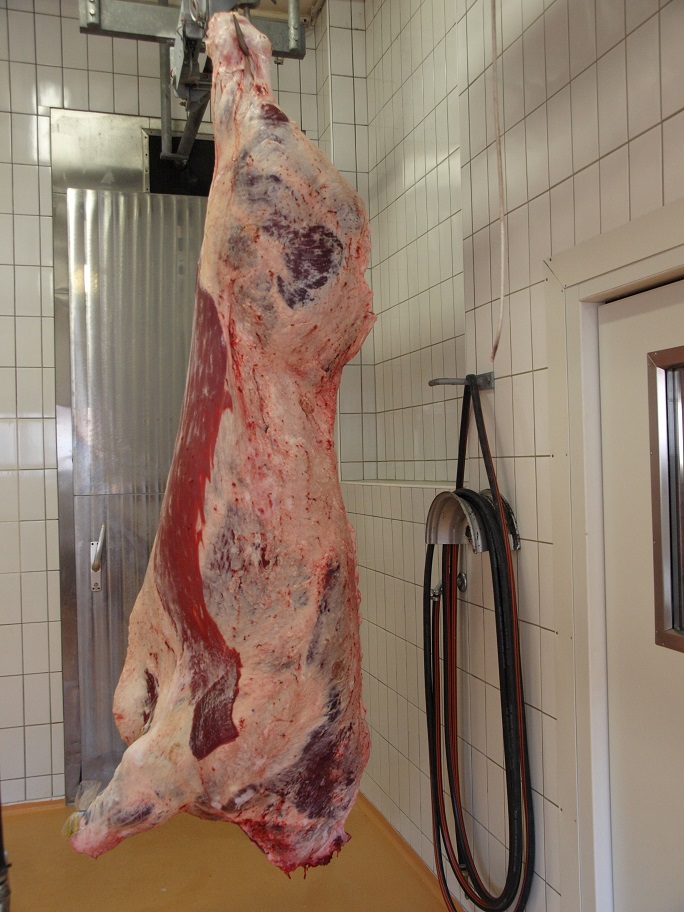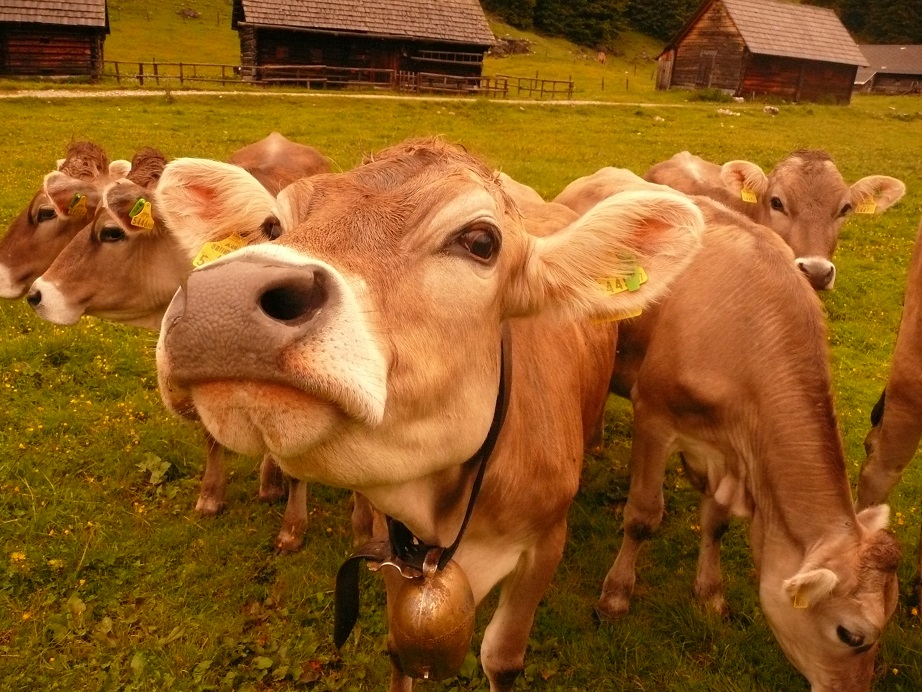Cooperation project “Alpine slaughter animals”
As part of this marketing strategy, a cooperation project between Almwirtschaft Österreich, AMA Marketing and the HBLFA Raumberg-Gumpenstein is running. The HBLFA Raumberg-Gumpenstein is responsible for scientific project support. In the project, on the one hand, a field trial is carried out on Carinthian and Styrian mountain pastures with fattening calves, oxen, young cattle from suckler cows and lambs. It is common practice that fattening cattle and lambs are not slaughtered immediately after the cattle drive, but are fattened in the stable beforehand. As part of this pilot project, the cattle and lambs are slaughtered either directly after the cattle drive or after three months of fattening in the stable. Data on slaughter performance (classification, gains, etc.) and meat quality (tenderness, juiciness, fat content, fatty acid pattern, etc.) are evaluated. This is intended to clarify which characteristics of the carcass and meat quality of Alpine cattle and Alpine lambs with/without stable fattening are positively influenced. For example, meat from the Alpine pasture is said to have an excellent fatty acid pattern. In addition, environmental impacts are assessed using the “Farmlife” tool.
In addition, data from the AMA cattle database and the Austrian Meat Control (ÖKF) are evaluated. The aim here is to work out the influence of cattle category, breed, age at slaughter, etc. on carcass quality with no fattening or different lengths of fattening after alpine farming.
The project supports the formulation and adaptation of the planned alpine quality programs and their guidelines.










